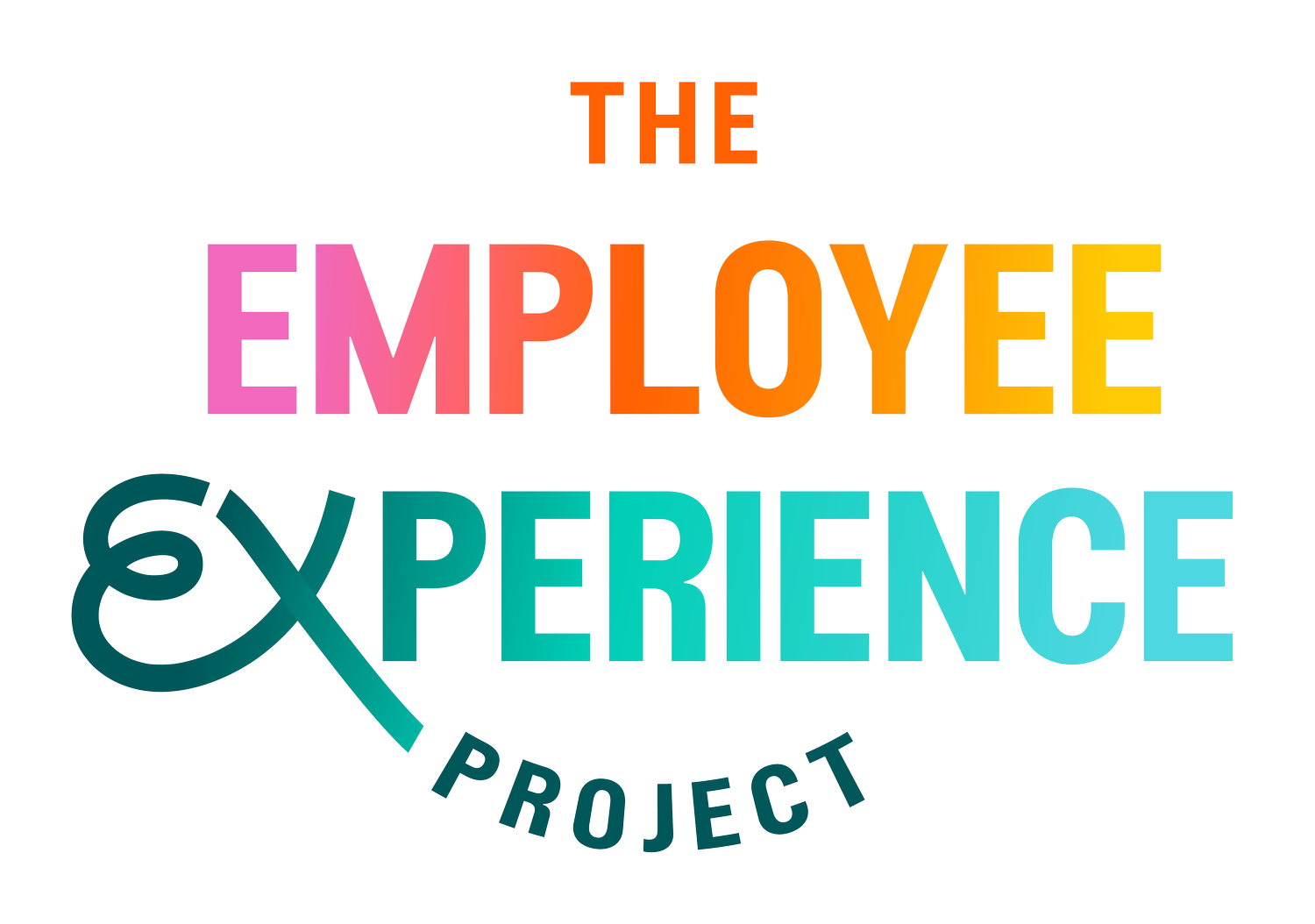7 things every HR leader needs to consider when embarking on a workplace culture transformation
1. What is the role do we want play as HR in defining and delivering this culture change?
Many HR teams find themselves being positioned by default as the sole owners and champions of culture. Let be honest we all know that sh*t stinks! Plus, it creates an impossible dynamic that will stop progress (it makes me think of the old joke about how many psychologists it takes to change a lightbulb – its got to want to change obviously).
The ideal role we can take as HR is that of orchestrator and coach, bringing all our amazing value around capability build, people process alignment and clarity of thought to truly focus on people. If we aren’t in that world, we would benefit from avoiding doing at least some of the do. We need to make conscious choices about what is helpful for us to do to bridge the gap, and what might mean we are accidentally blocking the business from lifting to the challenge.
2. What culture does the business send to sustainably prosper?
Ideal workplace culture definition is critical, and it needs to be done in a business strategy focused way, that considers what the business wants and needs to achieve in the coming years. Using that reference allows us to map what type of talent and behaviours are needed to deliver, and from there we can set out the type of culture we need to enable it.
By linking the ideal culture directly to the business ambition, we are setting ourselves up to have a much easier time in connecting the wider business to a why the change matters to them.
3. How big is the journey from where we are now to our ideal?
The approach we take to change will be different in a situation where we have a few small areas to cultivate, will be vastly different to true transformation. It’s important to know the distance to travel, because how you prepare for and execute a 5-day climb is different from what you would do for a 45 minute one, the same is true for culture change.
Breaking larger transformations into cycles with specific goals that account for building colleague readiness to take responsibility for their experience at work, is critical way of ensuring you ultimately end up in a place where the change is a collective effort.
4. What skills and mindset do my team need to be able to effectively orchestrate this change?
In understanding the answers to the questions above, we are in a great place to identify where we might need to invest to truly prepare our team to be able to play a full and productive role in the change.
Culture change is not something a lot of HR specialists will have had to take a lead role in before, so it’s important to give them the tools and skills they need to see how they can mainstream culture change activities into their day-today activity and actions.
5. What do we need to change or create to deliver on our goals?
Having clear understanding of the current organisational eco-system and how it drives your current culture, will help you to evaluate where it isn’t serving your journey towards your ideal culture. For example, a top-down annual planning process, or delegated authority levels for budget that mean small levels of spend are currently escalate to senior levels, will undermine any work you do to foster personal agency and responsibility.
6. What is best way to engage and activate business around this?
The truth is that culture change is doomed to fail if we don’t inspire a movement of change in our business. Culture is strongly flavoured by the beliefs and actions of everyone, so while we can do the system and process review with small number of brains, it’s not enough to change behaviours wholescale. And you certainly cannot train out unaligned behaviours.
Taking steps to connect people to how the change will impact them personally but defining and bring to life how the new culture will make it feel round here (ideal EX) is good first step. But knowing what will work to really devolve the action sprints to gain action and moment for as many people as possible is the only way to build the tipping point for change. As part of this we need to consider how we will react to doing this, as focusing on fostering that above all else can feel weird - we need to relinquish control – but oh boy does it supercharge momentum.
7. How will we know its working?
Change is swirly thing; it doesn’t happen in straight lines and generally it doesn’t happen as we planned. Things we never expected gain momentum and then that easy win we thought would sail through meets resistance and stalls. Defining clear priorities for cycles of work and then focusing on progress towards those mid-term goals can be helpful way to map progress.
We created our Culture Catalyst Scorecard for exactly this reason, it lets you independently check in out eco-system and routinely re-evaluate how it is serving your ideal culture. This helps you see how the change activity you are delivering is helping your progress in aligning that whole eco-system towards your goals. It helps you see the progress, even if the more complex behavioural shifts aren’t fully apparent yet. This doesn’t replace more concrete evaluation of impact and impact towards your end goal, but as an addition, it does help keep your motivated (and sane) as you go.
What other things do you think HR leaders need to consider which will allow them to get started on their culture transformation with a BANG?
What to hear more about great culture cultivation and transition? You can join our *SPARK* tribe by signing up to newsletter here.
